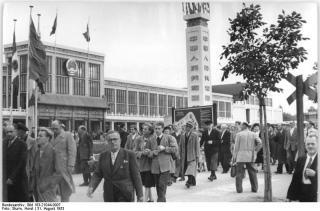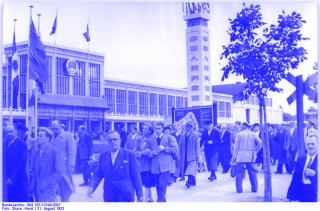Topic
Technology Transfer Between Eastern Europe and China

In the 1950s, Eastern Europe’s socialist states contributed to the People’s Republic of China’s economic development with numerous industrial projects. This project examines competing operating logics and interests within this East-East collaboration and its relation to the global economy.

The People’s Republic of China and the Soviet Bloc in the Cold War: Industrial Cooperation, Technology Transfer and Political Competition in the Socialist Camp (1949–1989)Historical scholarship after 1989 long regarded the state socialist industrialisation of the post-war years as a failed project whose further study would be futile. Now, global history approaches on the one hand and the PRC’s growing economic importance on the other are giving the topic new currency—after all, Soviet, East German and Bulgarian engineers of the 1950s contributed to developing China into an industrial state. Within the framework of the Sino-Soviet alliance, specialists from Eastern Europe constructed numerous factories in China, from textile factories to steel combines. Both sides exchanged technological know-how. The project places this collaboration within the context of political competition between the socialist states on the one hand and between institutions below the governmental level on the other. It aims at mapping out interests and conflict lines from within the socialist bureaucracies, and highlighting the presence of the West and the global economy within this East-East collaboration. While this project’s empirical studies concentrate on the period of close partnership, other project products will include the phase of Chinese-Soviet rupture and the rapprochement starting from the 1970s.

